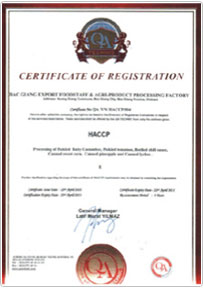Cherry tomato
A cherry tomato is a smaller garden variety of tomato, developed by a group led by Nachum Kedar and Haim Rabinovich from the Agriculture Faculty of the Hebrew University in Rehovot, Israel.
Cherry tomatoes range in size from a thumbtip up to the size of a golf ball, and can range from being spherical to slightly oblong in shape. The more oblong ones often share characteristics with plum tomatoes, and are known as grape tomatoes. The cherry tomato is regarded as a botanical variety of the cultivated berry, Solanum lycopersicum var. cerasiforme
Two Israeli scientists, Haim Rabinovich and Nachum Kedar of the Hebrew University of Jerusalem, developed the cherry tomato in 1973. Looking for a way to slow down the rapid ripening of ordinary tomatoes in a hot climate, they identified the genetic combination to slow down maturation and also a way to exploit the genes to produce cherry tomatoes.
The Santorini cherry tomato developed in Santorini (Greece) is known for its flavour and body.[4] International conferences dedicated to the cultivation, horticulture and agriculture of the cherry tomato are also held at Santorini.
The Tomaccio tomato was developed by Hishtil Nurseries in Israel, which specializes in herbs and vegetables. It is the product of a 12-year breeding program using wild Peruvian tomato species to create a sweet snack tomato.[5]
The Selke Biodynamic cherry tomato was named after Margrit Selke.[6] Emil Bock, in his book The Three Years,[7] wrote that the seed and plant of this unusual species contains forces evoking "the cosmic sphere of sunlit clouds, air and wind..."
Cherry tomatoes can be picked when green then pickled to make a condiment called a tomolive due to its similar appearance and texture to an olive, tomolives are often served in place of an olive in a martini. The word tomolive is a trademark of the Bryant Preserving Company.











